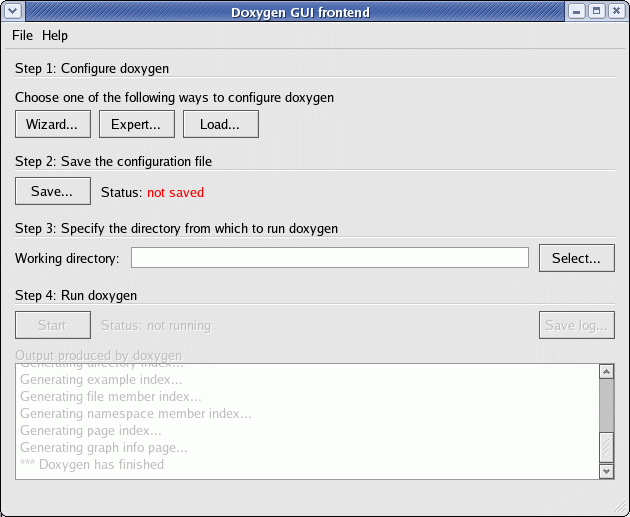

$( VSCODE) -install-extension build/artifacts/graphviz-interactive-preview.vsix $(ocimanager) cp $(BUILD_CONTAINER_NAME):/workspace/graphviz-interactive-preview.vsix build/artifacts/graphviz-interactive-preview.vsix
#Install graphviz linux install
How Can I Install Graphviz The installer can be downloaded from this link. Your system path should be modified to /Program Files (x86)/Graphviz2. You can add C:/Program Files (x86)/Graphviz2.38.bin to the user path using Microsoft Office 365. $(ocimanager) exec -it $(BUILD_CONTAINER_NAME) bash -c 'mv /workspace/graphviz-interactive-preview-*.vsix /workspace/graphviz-interactive-preview.vsix' The package for Python graphviz should be installed. $(ocimanager) exec -it $(BUILD_CONTAINER_NAME) npm run lint


$(ocimanager) exec -it $(BUILD_CONTAINER_NAME) vsce package $(ocimanager) exec -it $(BUILD_CONTAINER_NAME) npm install -global vsce. $(ocimanager) exec -it $(BUILD_CONTAINER_NAME) npm install. $(ocimanager) exec -it $(BUILD_CONTAINER_NAME) npm set progress=false $(ocimanager) exec -it $(BUILD_CONTAINER_NAME) git branch -v $(ocimanager) exec -it $(BUILD_CONTAINER_NAME) git checkout $(CHECKOUT) $( ocimanager) exec -it $( BUILD_CONTAINER_NAME) git clone. $( ocimanager) run -d -name $( BUILD_CONTAINER_NAME) -platform linux/x86_64 -w /workspace node:16 bash -c ' || mkfifo /pause & echo "" pausing container & /dev/null || true $( ocimanager) rm $( BUILD_CONTAINER_NAME) 2> /dev/null || true build/artifacts/graphviz-interactive-preview.vsix from vscode build/artifacts/graphviz-interactive-preview.vsix to vscode build/artifacts/graphviz-interactive-preview.vsix $(error "failed to identify OCI manager, manually set ocimanager=docker, ocimanager=podman, or other ")Ĭlones vscode-interactive-graphviz repo in build containerĬopies /workspace/graphviz-interactive-preview-*.vsix to. Ifneq (, $( shell docker ps 2> /dev/null))Įlse ifneq (, $(shell podman ps 2> /dev/null))
#Install graphviz linux update
If you have any problems using the script, there is an email address inside it for comments, which ultimately feeds back to me, or update this forum entry, and I should see it.# Figure out if docker or podman should be used This is because that graphviz build takes longer than the sudo credential lasts.
#Install graphviz linux password
it will chug away for some time, and at the end of the process, it will have the locally produced 'graphviz' RPM binary in: ~localuserid/rpmbuild/RPMS/(arch) and will prompt again for your local userid password to install it. If you have it set up correctly you will be prompted for your localuserid account password, and be provided with a listing of the otherwise hidden /root/ directory contents With 'localuserid' being, of course, your local userid - flush it to the let margin in that file Easy solved with: sudo aptitude install graphviz graphviz-dev graphviz-doc libgraphviz-dev graphviz-cairo But then when I tried again it was not working: cpan> install GraphViz GraphViz-2. I assume you have added your account into /etc/sudoers so that you have the ability to use sudo to do root level operations in your local userid - if not, add (using visudo, or your editor of choice as root) a line like this to the bottom of: /etc/sudoers First obviously it was failing because I didnt have GraphViz installed. retrieve by FTP into a local end user account directory:ģ. It is tested and works on both CentOS 4 and 5.ġ. I faced this issue some years ago, before that page existed, and wrote a little script to solve all the BuildRequirements, and to set up a non-root building environment, to get graphviz built. The referred to page asserts it is: "The easiest way to install and maintain graphviz on RHEL or Centos is to use yum", but it seems not to be the case for you.


 0 kommentar(er)
0 kommentar(er)
